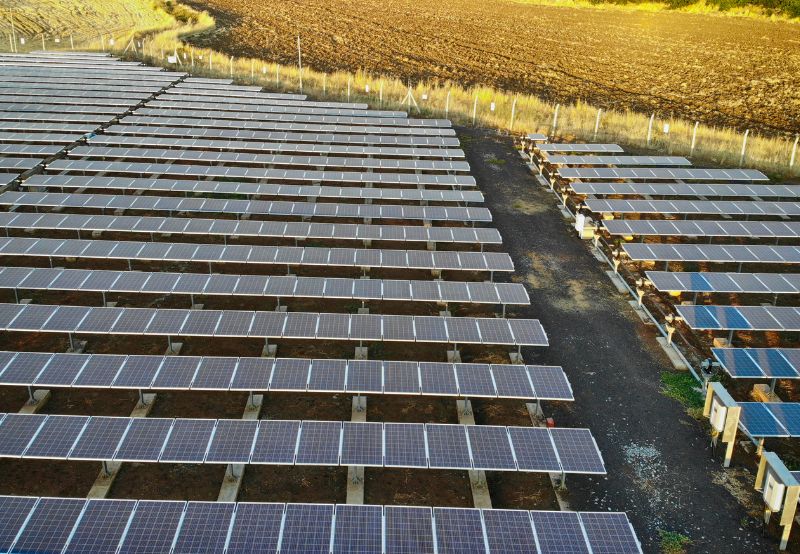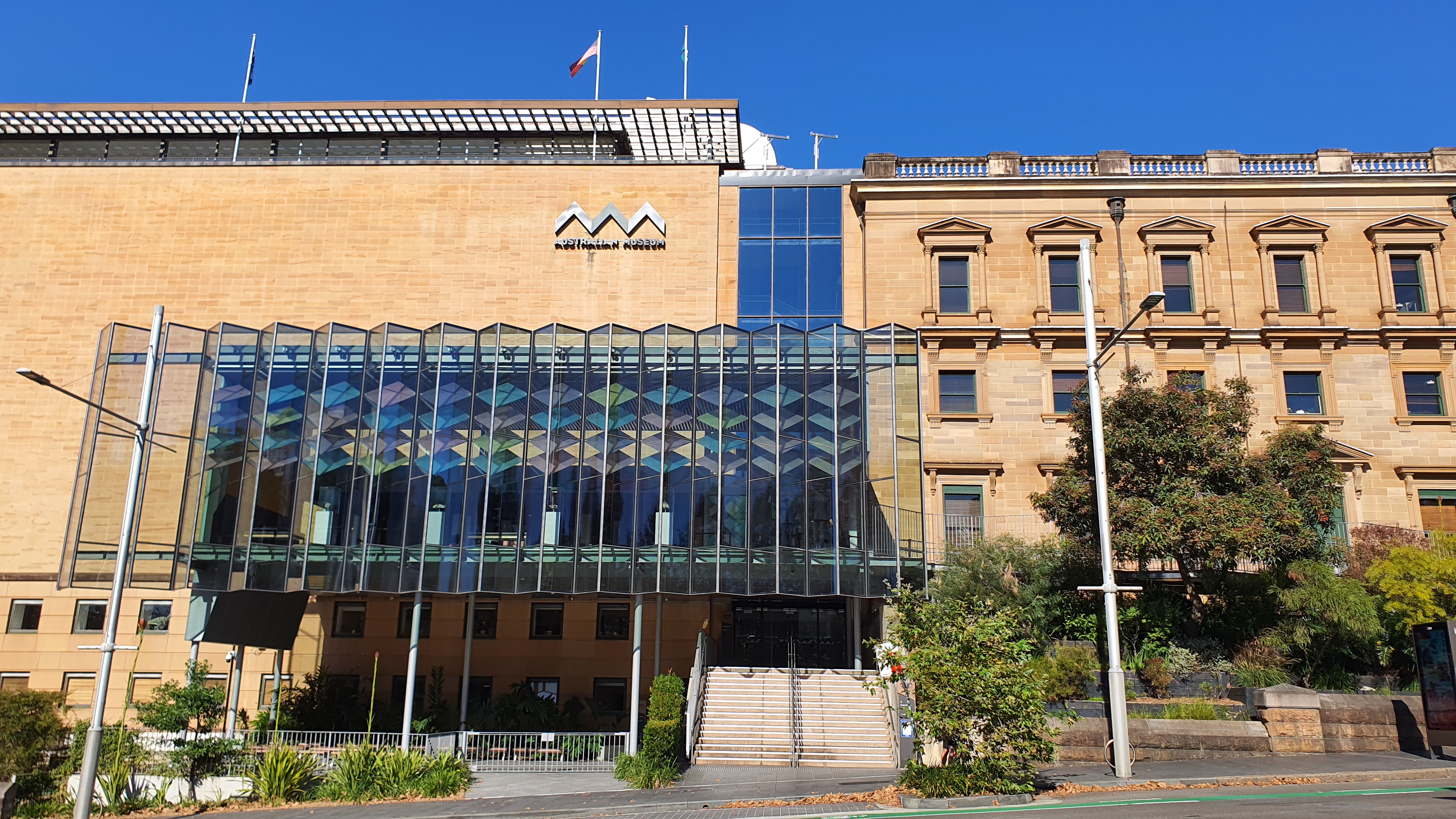Ecosystem services (ES) are the benefits that people derive from the natural environment, such as clean water, fertile soil, pollination of crops, and natural climate regulation. These services are important because they support human well-being, food security, and the maintenance of biodiversity. The degradation of ecosystems and loss of their services can lead to reduced quality of life and increased poverty, especially for people who depend directly on these services for their livelihoods. Therefore, preserving and managing ecosystems in a sustainable way is crucial for meeting the needs of current and future generations.
A recent study in Reviews of Geophysics examines the relationship between ecosystem services and biodiversity with a focus on the tropical humid and subhumid forests of South America. We asked the lead author to give an overview of this relationship, how humans affect it, and what unresolved questions remain.
What kinds of ecosystem services do tropical forests provide?
Tropical forests provide a variety of ecosystem services, including:
- Climate regulation: help regulate global climate patterns through carbon sequestration, water cycling, and atmospheric circulation
- Biodiversity: home to an incredible diversity of plant and animal species and provides habitats and corridors for species migration
- Soil conservation: help to prevent soil erosion and maintain soil fertility by maintaining the water cycle and preserving the soil structure
- Water regulation: play a crucial role in the water cycle by regulating the flow of water from rain to rivers and eventually to oceans
- Medicinal plants: source of many medicinal plants and natural remedies used for traditional medicine
- Timber and non-timber forest products: provide valuable resources such as wood, fruit, rubber, honey, and other forest products

Can you explain a little more about the relationships between biodiversity and ecosystem services in tropical forests?
Biodiversity, including the variety of species and genetic diversity, is important for the functioning and stability of ecosystems, which provide essential ES. The presence of a diverse range of species and their interactions can help to maintain these services and increase the resilience of the system to external pressures. Conversely, loss of biodiversity can lead to declines in the provision of ES, as well as reductions in the stability and resilience of ecosystems to external pressures. In tropical forests, preserving and restoring biodiversity is therefore critical for maintaining the wide range of ES provided to both local communities and the wider world.
It is important to note that not all types of forests produce the same kinds of ES. For example, in the tropics, both humid forests (Amazon rainforest and Atlantic rainforest) as well as the sub-humid forest (Savanna) are highly biodiverse environments but produce distinct ES types.
Why are the relationships between biodiversity and ecosystem services in tropical forests poorly understood?
There are several reasons. First, tropical forests are complex ecosystems with many species, functions, and interactions, which makes understanding the relationships between different components challenging. Second, there is limited data available on the biodiversity and ES of tropical forests, which makes it difficult to understand the relationship between these two variables. Third, biodiversity and ES can vary significantly in different parts of the forest, and over time, which makes it difficult to generalize the relationship between these two variables. Fourth, biodiversity and ES often interact and compete with each other which makes it difficult to understand their relationships and predict the impacts of changes in one variable to the other. Finally, the relationships between biodiversity and ES are often complex and non-linear, making it difficult to establish clear cause-and-effect relationships.
In our paper, we argue that an additional factor makes it difficult to establish the relationships between ES and biodiversity: a poor definition of biodiversity. The term biodiversity is commonly translated simply into diversity of species, but we believe it is better to focus on the main attributes of biodiversity: composition (species and communities), structure (forest physiognomy) and function (i.e., ecological processes through which species and environment interact via energy and matter transfers, and flow of populations through time).

How are human activities influencing biodiversity in tropical forests and thus the ecosystem services they provide?
Human activities, such as deforestation, agriculture, and urbanization, have a direct impact on biodiversity in tropical forests, reducing species diversity and altering the structure, composition and functioning of these ecosystems. These changes can lead to a decline in the provision of ES, such as carbon sequestration, soil formation and conservation, and water regulation. Additionally, the introduction of non-native species, hunting, and over-exploitation of resources can also have negative impacts on biodiversity and ES. Human activities can also have indirect effects; for example, human-induced climate change is changing temperatures and rainfall patterns which in turn affect the ES.
Are there any policies or agreements aimed at protecting tropical forests from environmental changes that impact ecosystem services?
It is essential to reduce the negative impacts of human activities on tropical forests and to promote sustainable management practices in order to maintain and conserve valuable ES.
It is essential to reduce the negative impacts of human activities on tropical forests and to promote sustainable management practices in order to maintain and conserve valuable ES.
Several international agreements aim to do this. For example, the Convention on Biological Diversity (CBD) is a multilateral treaty signed by most countries in the world that aims to promote the conservation and sustainable use of biodiversity, including tropical forests.
Another example is the United Nations Framework Convention on Climate Change (UNFCC), which is an international treaty signed by nearly all countries in the world that aims to address global warming and reduce emissions of greenhouse gases, many of which are associated with deforestation and land use changes in tropical forests.
Other global initiatives include the Reducing Emissions from Deforestation and Forest Degradation (REDD+) program, that aims to provide incentives to countries and communities to reduce deforestation and promote sustainable forest management and the Tropical Forest Alliance 2020 (TFA 2020), a public-private partnership that aims to reduce deforestation and promote sustainable land-use practices in tropical forest regions.
In addition, there are several regional and national policies aimed at reducing deforestation and protecting tropical forests, such as the Brazilian Forest Code, the European Union’s Forest Law Enforcement, Governance, and Trade (FLEGT) Action Plan, and Amazonia 4.0.
These policies and agreements provide a framework for international cooperation and action to protect tropical forests and their ES. However, their success depends on the effective implementation of these initiatives at the national and local level.
What are some of the unresolved questions where additional research, data, or modeling are needed?
Further research is needed to improve our understanding of the complex relationships between biodiversity, ES, and human activities in tropical forests. Given the speed at which we are losing global biodiversity, a trend that is quite pronounced for the humid tropical forests of South America, South and Southeast Asia, it is urgent that we continue advancing our understanding. Some specific areas for additional research include:
- Understanding the impact of human activities, such as deforestation and fragmentation, on the biodiversity and ES in tropical forests.
- Improving our knowledge of the relationship between different attributes of biodiversity (structure, composition and function) and their impact on ES.
- Assessing the role of the soil biota and their impact on ecosystem processes and services in tropical forests.
- Developing new methods for monitoring and assessing changes in biodiversity and ES in response to environmental and land-use changes.
- Improving our understanding of the feedbacks between biodiversity, ES, and human well-being.
- Understanding the social, economic, and cultural factors that influence the use and management of tropical forests and their impact on ES.
- Developing strategies and policies for conserving and managing tropical forests to maintain their biodiversity and ES.
—Laura Borma (laura.borma@inpe.br, ![]() 0000-0003-4496-0612), Instituto Nacional de Pesquisas Espaciais, São José dos Campos, Brazil
0000-0003-4496-0612), Instituto Nacional de Pesquisas Espaciais, São José dos Campos, Brazil
Editor’s Note: It is the policy of AGU Publications to invite the authors of articles published in Reviews of Geophysics to write a summary for Eos Editors’ Vox.




